Have you ever felt a tinge of anxiety when taking your kids to an indoor playground? If yes, you are not alone and as a venue operator or someone considering starting an indoor playground business, these questions should be top of mind. Creating a happy and safe environment is crucial, not only for the children, but also for the success of your business. Let’s take a closer look at playground safety factors and how to ensure your venue is up to scratch.
The Role of Safety in Children's Play
Play is essential to a child’s development, providing opportunities to learn social skills, exercise, and use their imagination. However, these benefits can quickly be overshadowed by preventable accidents. For instance, when I first visited to an indoor playground as a parent, I remember my friend’s daughter sprinting toward a slide that seemed a little too high for her age. It wasn’t until then that I really realized the importance of age-appropriate equipment and vigilant supervision.
Is Your Child's Safety at Risk in Indoor Playgrounds?
Indoor playgrounds can pose safety risks such as falls, collisions, and sanitation concerns. Ensure supervision, age-appropriate equipment, and cleanliness. Despite potential risks, with proper management and safety measures, indoor playgrounds can be a safe environment for children.
Why Should You Care About Playground Safety?
As an indoor playground operator, parents’ trust in you is vital. Any incident, no matter how minor, can affect the reputation of your business. Remember, parents talk, and in today’s digital age, security lapses can quickly make headlines online.
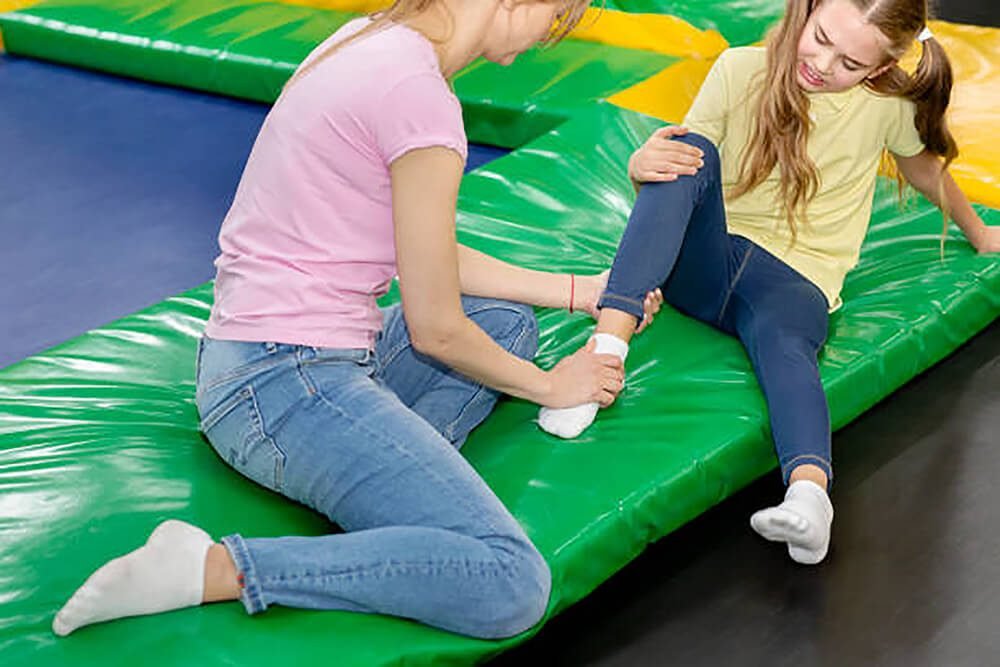
Common Safety Hazards
Understanding the associated risks can help address these issues effectively. Here are some of the most common safety risks in indoor playgrounds:
1. Equipment-Related Risks
Defective and improperly designed equipment can lead to injuries. It’s crucial to ensure that all your indoor playground equipment is of high quality and suitable for children of various ages. Little Timmy may think he’s ready for a elder-kid slide, but if the slide isn’t made of the right materials or doesn’t have age-appropriate safety guidelines, accidents can happen.
2. Supervision Challenges
An often overlooked risk is the lack of adequate supervision. Imagine twenty kids running around and the only staff member busy at the ticket counter. Proper training and maintaining a good staff-to-child ratio are essential.
Recommended Ratios:
- For younger children (infants to toddlers), one staff member is usually recommended for every three to four children.
- For preschool children, a typical ratio is one staff member for every five to ten children.
- For older children, one staff member for every ten to fifteen may be sufficient, depending on the complexity of your indoor playground equipment.
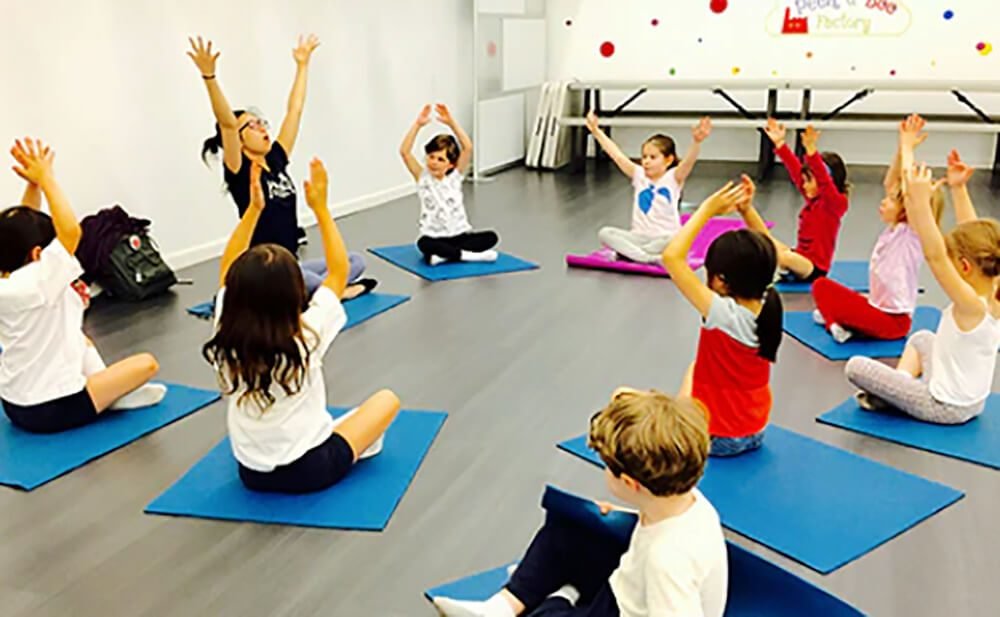
3. Hygiene Concerns
Indoor playgrounds can be breeding grounds for germs. Regular cleaning and maintaining hygiene standards help prevent the spread of illnesses, protecting not only children but also the reputation of your playground business.
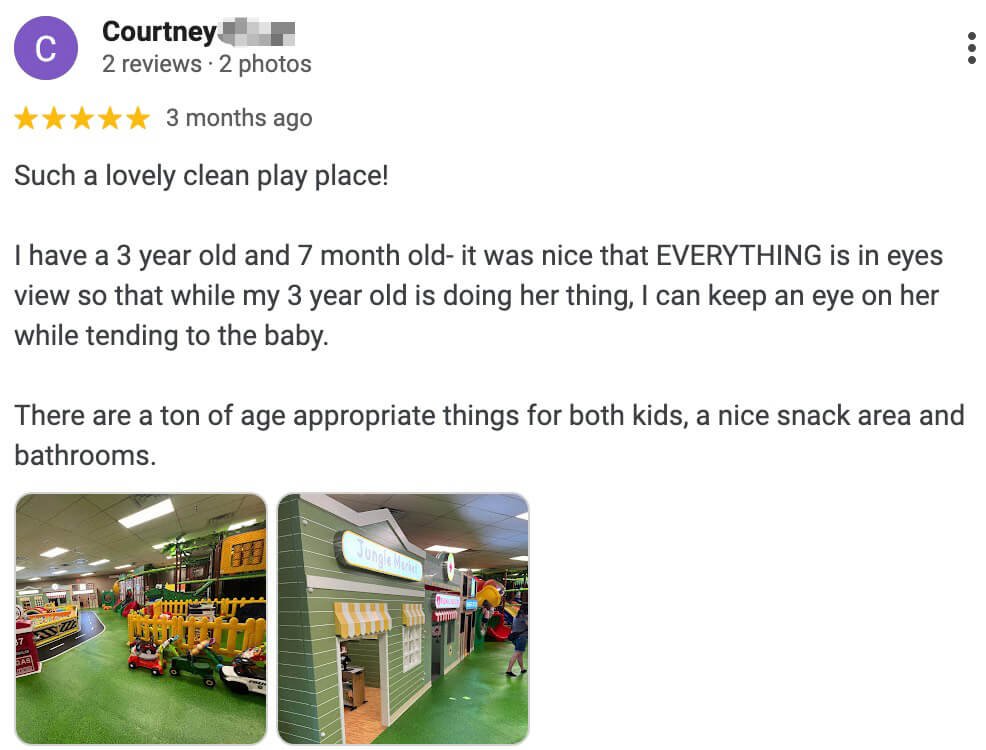
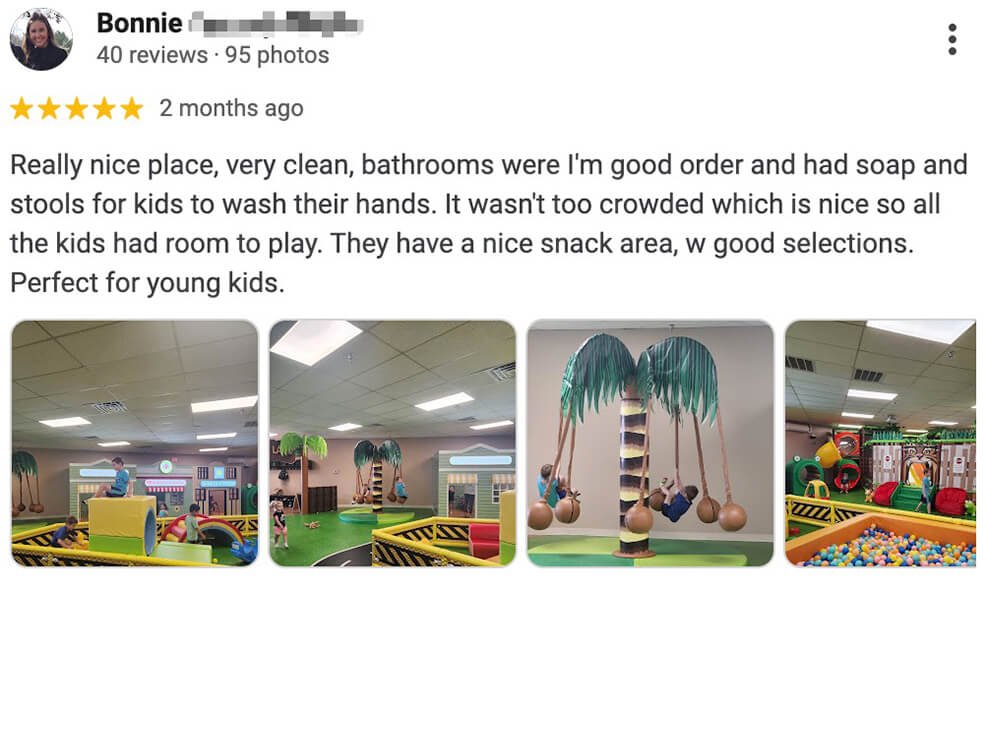
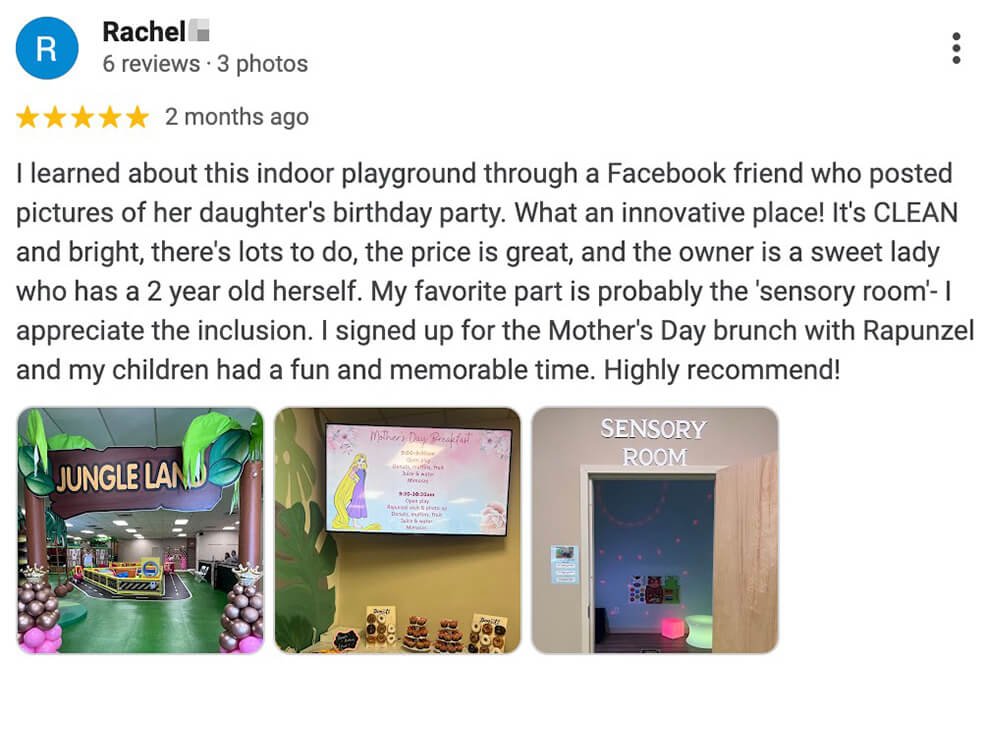
What Safety Standards and Regulations Should be Followed if I started Indoor Playground Business?
1. Indoor Playground Industry Standards to Follow
Be familiar with indoor playground industry standards such as ASTM, EN1176, CE, CSA Z614-07, AS 3533.4.2-2013. These aren’t just some annoying things to check off your list; they are there to keep your little visitors safe. For example, ASTM guidelines give you specifics on everything from materials to proper installation.
Here are the primary standards to follow:
- ASTM F1918-12: This is the first safety standard developed specifically for indoor playgrounds in the United States. It outlines safe performance specifications for soft contained play equipment and is widely considered an important guideline for manufacturers and operators.
- EN 1176: This European standard applies to both indoor and outdoor playgrounds and sets general safety requirements and test methods. This standard is frequently citied internationally and complements the ASTM standards.
- CSA Z614-07 (R2012): This Canadian standard specifies safety requirements for playgrounds to ensure that the equipment is safe for use in a variety of environments.
- AS 3533.4.2-2013: This Australian standard specifically addresses the safety of indoor playgrounds, ensuring compliance with local regulations.
- ISO Standards: The International Organization for Standardization provides globally recognized guidelines covering a wide range of safety and quality measures applicable to indoor playgrounds.
2. Local and National Regulations
In addition to industry standards, you also need to pay attention to local and national regulations. Compliance is not an option, but a necessary for legal and safe operations. I once missed a regulation update, and it was a costly lesson I don’t want anyone else to go through.
3. Insurance – Your Safety Net
Despite all the precautions, accidents can still happen, which is why having the right insurance is crucial. Understanding the coverage and being transparent with your insurance company can make a huge difference. It’s about preparing for the worst while hoping for the best.
How to Implementing Effective Safety Protocols for Your Indoor Playground?
1. Conducting Risk Assessments
Regular risk assessments can help detect potential hazards before they become liabilities. Imagine the peace of mind you’ll have knowing your equipment and procedures have been thoroughly evaluated.
2. Maintenance is Key
Regularly maintaining your playground equipment is as important as using the right equipment. Create a routine inspections and maintenance schedule to keep everything running smoothly.
3. Develop a Contingency Plan
In an emergency, having clear, practiced procedures can save the day. Make sure your employees are not only informed, but also confident that they can execute emergency plans quickly and effectively.
How to Choose the Right Equipment and Layout for Your Indoor Playground Business?
1. Design for All Ages
Your playground’s design should cater to different age groups. Having separate areas for toddlers, younger children, and older children can prevent unexpected conflicts and ensure age-appropriate play.
2. Picking Reliable Suppliers
Your choice of indoor playground suppliers can make or break your playground. Be sure to choose suppliers that have a track record of safety and quality. I was once chatting with my client, who talked about his previous failure experience. He chose a cheaper supplier, but had to replace the equipment within a year due to wear and tear.
3. Installation Matters
Even the best equipment can be dangerous if it is not installed correctly. Hire a professional to install it and do a thorough inspection after installation. Testing it yourself can add extra assurance.
Conclusion
Safety should always be top of mind when creating an attractive indoor playground. By adhering to safety standards, conducting regular assessments and promoting a culture of vigilance, you can ensure not only the well-being of children but also the success of your business. Remember, a safe playground is a happy playground, which means happy parents and a thriving venue.

